Delicious Nightmares
How Watching Film Noir might help with the 3.00am Vocal Challenge
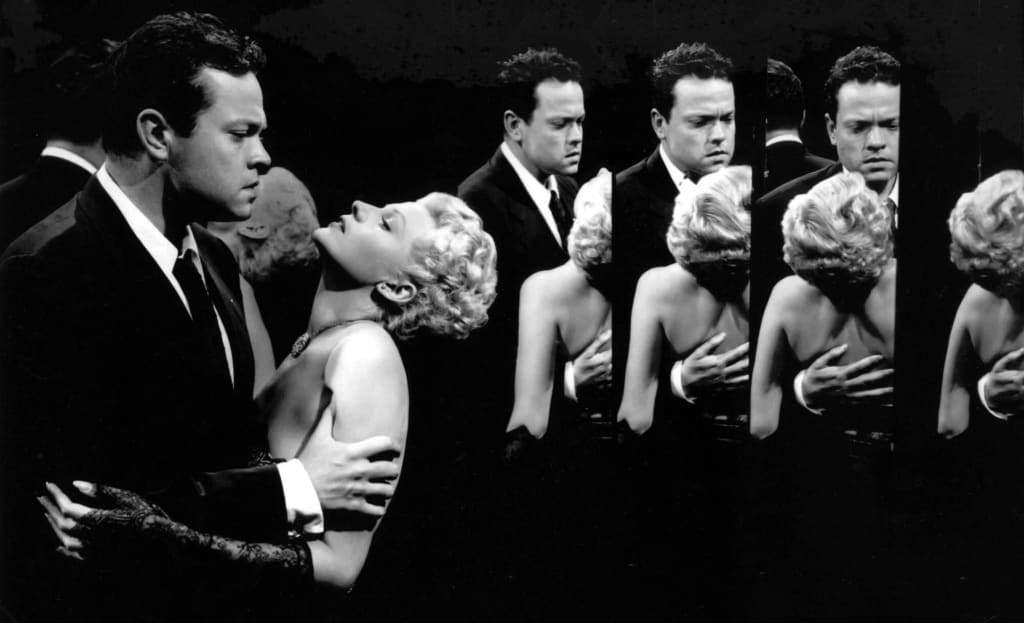
There is nothing novel in the observation that a good cinema experience is akin to a waking dream. We sit in darkness and become enveloped in a world of images that we piece together to form a narrative. Sometimes the images overpower us and we struggle with the paralysis of a nightmare. And then the lights come back up and we take a breath to remember it was not real, we were not in that car crash, we were not in a fight, we were not a lover being romanced. And we need a moment between the last credit and the real world to gather our thoughts to find meaning in what we have seen.
Cinema tells us stories so that we have a way of seeing our uncomfortable, uneasy emotions on screen and know we are not the only ones.
But the dreams we have at night are ours alone. Studies tell us that when we dream our subconscious reaches towards the negative. We are more likely to dream about the bad times, the personal attacks, the humiliation than the love, affection and glory. Robert Stickgold, an American dream researcher – describes it as a ‘nightly bout of clinical insanity’.
Sounds fascinating.
And yet, we know that when we come to share our dreams, even our loved ones might find the narrative boring. How many of us (who aren’t being paid as trained psychoanalysts) get that sinking feeling when a friend starts a conversation with: “I had the weirdest dream last night”
And that means the recently issued Vocal challenge – 3am, write about a recurring dream or nightmare – really is a challenge. How can we make writing about dreams interesting for others?
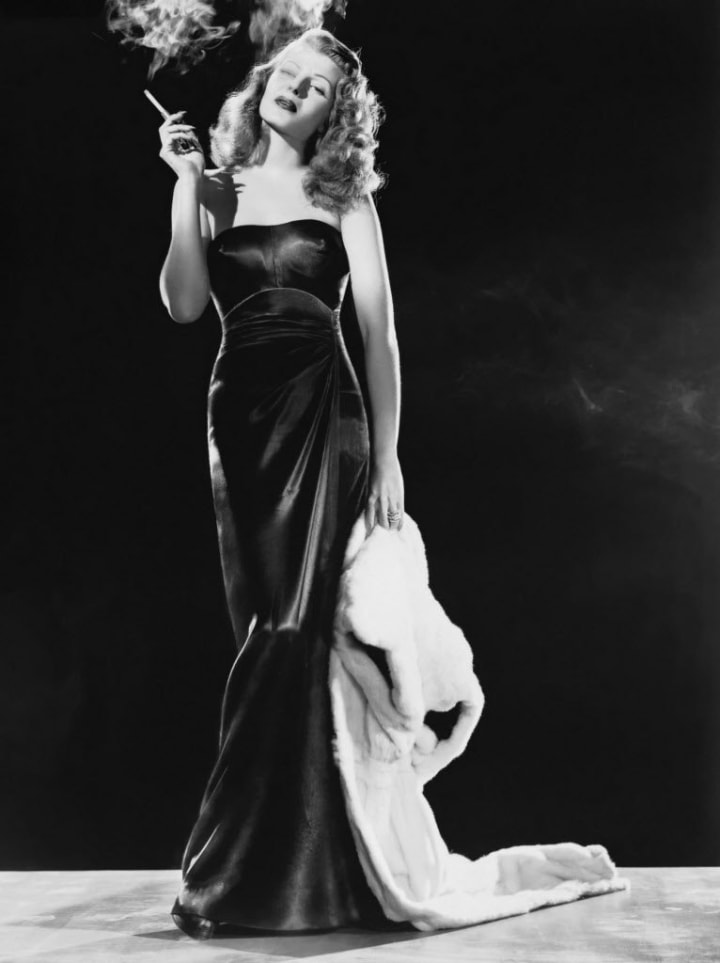
As an ambitious imaginary 1940s screenwriter, I’m going to suggest that if we want to make dreamscapes compelling for our audience, cinema has lessons to teach us.
So, let’s dig down into what Film Noir can tell us about the art of collective dreaming.
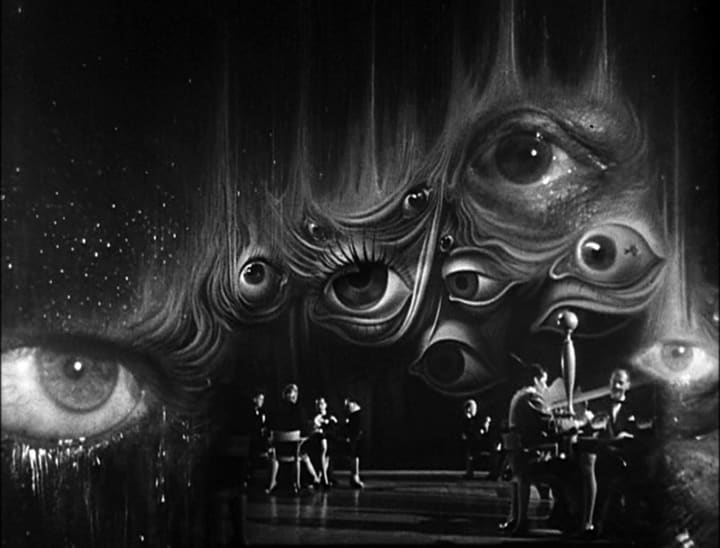
It is through reading about Film Noir that I have learned the word oneiric – which means related to dreaming. Film noir theorists love that word, because the thrillers of the 1940s are all about the uncanny, the familiar being made strange. We are in a world where the layout looks familiar, but the shadows distort or hide menace. As we walk down a street, lights flicker and our stilettos tap in the loneliness. The emotions we experience as we wait for action are suspicion and distrust. Noir echoes our dreamscapes, where the hard edges of truth melt away.
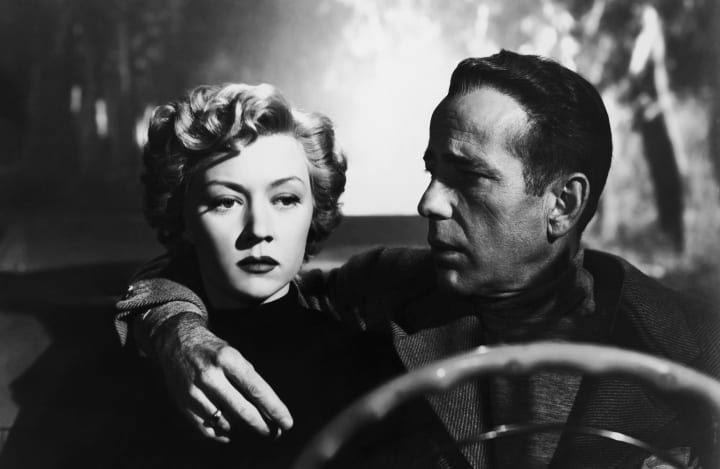
Film Noir is about the fractured psyche. The first half of the 1940s is haunted by Depression era poverty. Women are motivated by memories of hunger, men working all hours inhabiting dusk and dawn. Worlds colliding with passion and fear.
And then a war breaks the decade. Post-war women don’t know if the men they married, and who have been trained to kill, can be trusted. The men haunted by bloodshed, just beyond their trauma, sense the women as distant, aloof, devoid of understanding.
Everything is doubt, distrust, suspicion.
Like dreaming, Film Noir plays with memory, with the past, through flashbacks, voice-overs, riddles. There is a tension between remembering and repressing an unacceptable past.
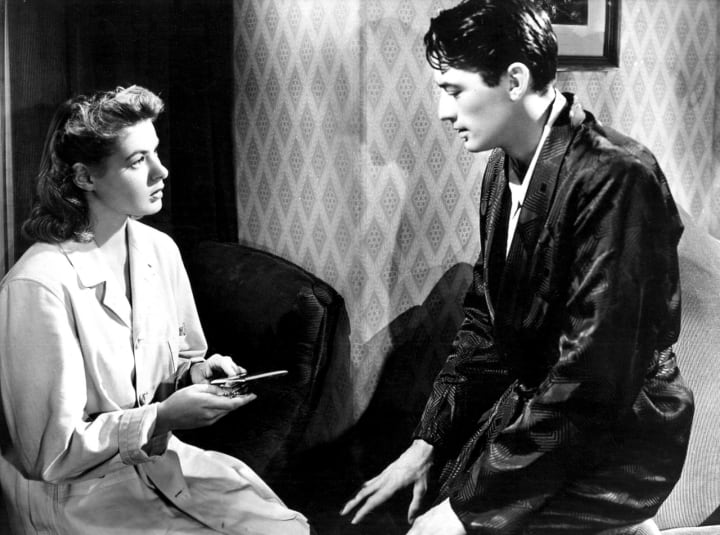
And in Film Noir, dreams matter. In 1900 Freud published his seminal work on the subconscious The Interpretation of Dreams. The stars on our screens, the writers, the directors belonged to an elite who had access to therapy and believed that psychoanalysis might unlock their dissatisfaction, their unease at the world. That science might uncover the repressed memories, the childhood traumas. Psychoanalysis becomes detective.
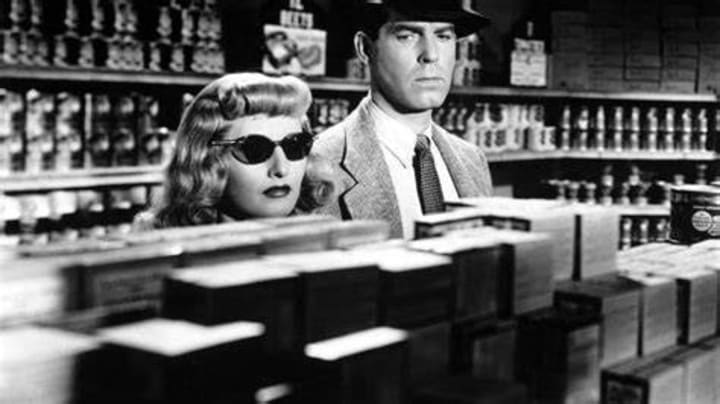
But most of all the filmmakers believed their job was to tell a good story. A story laden with meaning, where each gesture matters. And a good story means that there is something missing, something to search for. There is a quest for the missing identity from amnesia, or the motive for murder, or the solution to loneliness.
And this is the stuff of delicious nightmares.
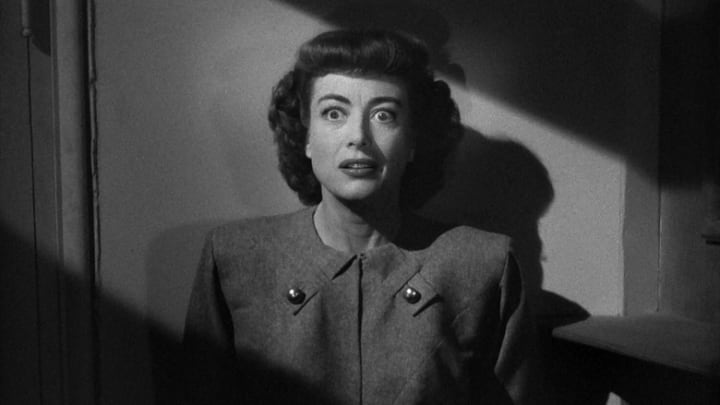
So, these are the guidelines for getting to the heart of writing a person’s dreamscape.
- Make it uncanny. Take the familiar and then disorientate your protagonist
- Give your readers a disturbing point of view – like Joan Crawford being wheeled into a psychiatric hospital on a gurney
- Gaslight your reader, taunt their intelligence by refusing to give them all the details
- Make your reader a detective who needs to decipher symbols
- Ensure good people do bad things and that bad people let them
- Wake them with a gunshot, a scream, a fall from dizzying heights
May all your nightmares be delicious…
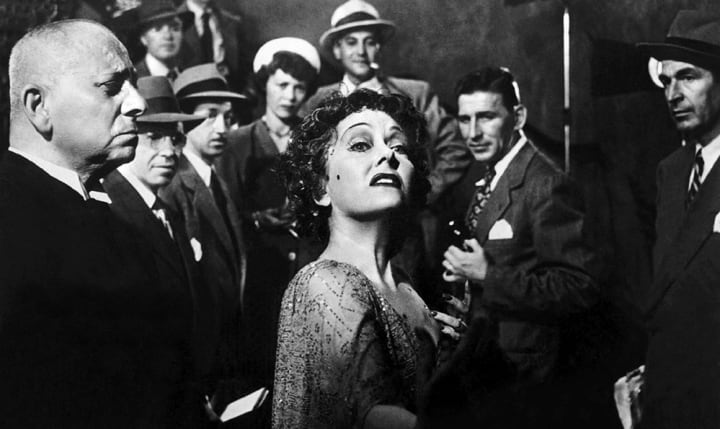
If you've enjoyed what you have read, consider subscribing to my writing on Vocal. If you'd like to support my writing, you can do so by a regular pledge or leaving a one-time tip. Thank you.
About the Creator
Rachel Robbins
Writer-Performer based in the North of England. A joyous, flawed mess.
Please read my stories and enjoy. And if you can, please leave a tip. Money raised will be used towards funding a one-woman story-telling, comedy show.
Enjoyed the story? Support the Creator.
Subscribe for free to receive all their stories in your feed. You could also pledge your support or give them a one-off tip, letting them know you appreciate their work.
Reader insights
Outstanding
Excellent work. Looking forward to reading more!
Top insights
Excellent storytelling
Original narrative & well developed characters
Eye opening
Niche topic & fresh perspectives
Heartfelt and relatable
The story invoked strong personal emotions
On-point and relevant
Writing reflected the title & theme







Comments (19)
Enjoyable & Very well- written Rachel. I love Dali’s dream sequence in Spellbound too. A great list you have provided at the end as well. 😊👍
So well presented! Your analysis is as intriguing as it is helpful for this challenge. I'm a happy new subscriber.
Great advice!!! Fabulously written!!!❤️❤️💕
This is great! Congratulations on TS🎉❣️. My eyes were opened by your descriptions, like: Film Noir is about the fractured psyche.
🌟 Congrats on Top Story! 🌟 You can learn so much about a friend by listening to their dreams, especially when you learn the symbolism and can help decipher them.. I honestly think it’s fascinating!
Wonderful and congrats.
I thought that was Ricky Ricardo & Lucy in the main picture at first.
Good office online store https://plexsupply.com/
Buy office products here https://officechase.com/
Impeccable advice. Great top story.
CONGRATULATIONS ON YOUR TOP STORY!
Congratulations on Top Story! Excellent article, I have always loved the movie Sunset Boulevard, and that classic scene with Nora Desmond coming down the stairs camera pans in and I am ready for my closeup Mr, Demille just classic,
Congratulations on Top Story!🥳🥳
Oooh Barbara Stanwyck, my fave femme fatal. Brilliant with Fred MacMurray. Must watch again. Fantastic piece and great advice. Thanks for sharing and congrats on a much deserved TS
Great analysis here! Congrats on TS!
I love this! There is definitely something eerie about film noir in that era. Just last night, I was listening to different songs from the 40s and 50s that gave the same vibe. Both film and music are great sources of inspiration! Congrats on the Top Story! 🎉
nice writing
Excellent advice! I had one idea for the challenge, and now I may have a few more... ✌🏾
I enjoyed reading your analysis. Hope it helps a lot of us write fascinating entries to the 3 AM challenge.